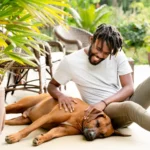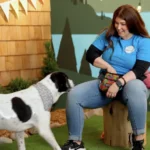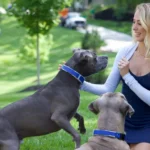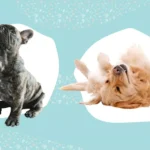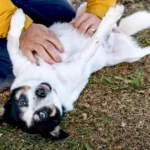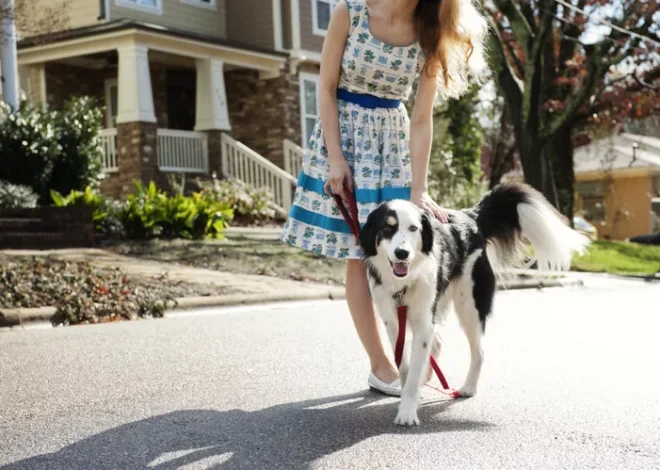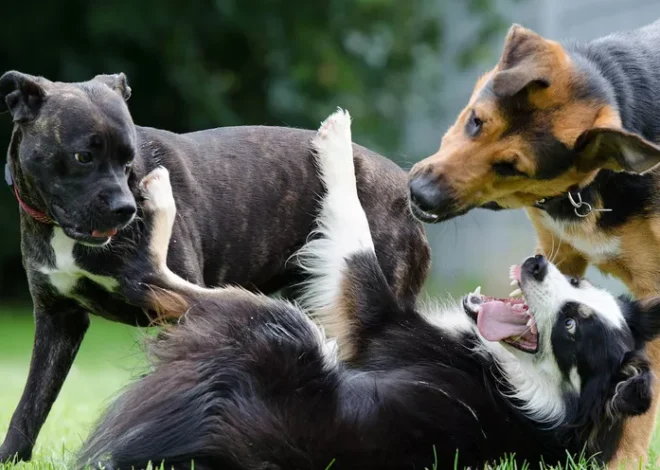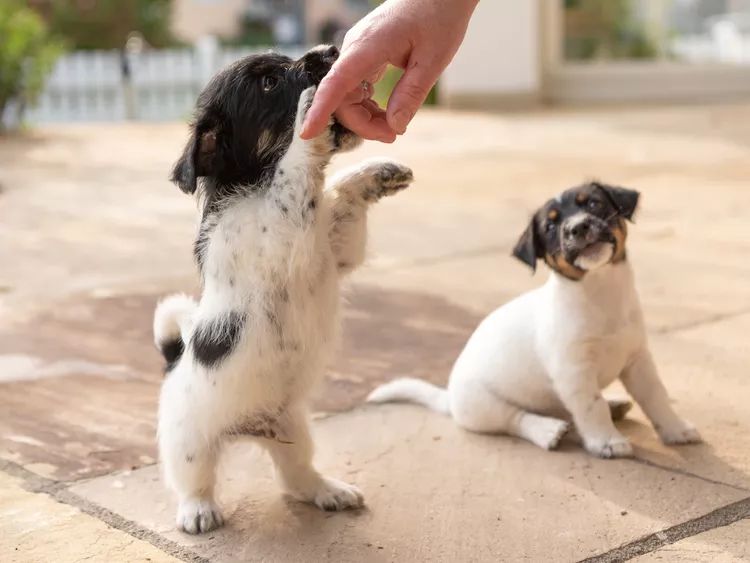
How to Train Your Dog to Have Bite Inhibition: A Step-by-Step Guide

Why Bite Inhibition Is Crucial for Your Dog’s Development
Puppies love to explore the world with their mouths, and while this is entirely natural, it’s crucial that they learn to control the force of their bites. Bite inhibition, the ability to control the pressure of a bite, is a vital skill every dog should learn early. This training prevents your dog from biting too hard, reducing the risk of injury during interactions, whether with humans or other dogs.
For many dog owners, the first experience of a puppy’s sharp teeth might lead to a panic response. But before you stop your pup from biting, it’s essential to teach them how to bite gently. This is the foundation of bite inhibition, a concept that should be introduced as part of your puppy’s socialization process. Consistency and patience from the owner are key to success in this training.
What Is Bite Inhibition?
Bite inhibition is the process of teaching dogs to bite without exerting excessive pressure. Although it doesn’t eliminate biting entirely, it ensures that the bite isn’t strong enough to cause injury. By mastering this skill, your dog learns to gauge the amount of pressure they should apply, helping reduce the risk of severe bites, whether during play, training, or when in a stressful situation.
Why Should You Teach Bite Inhibition?
All dogs are capable of biting, but proper training can prevent dangerous bites. A dog with proper bite inhibition will apply less pressure in stressful situations, which can be critical if they accidentally bite someone. For example, a bite from a well-trained dog might result in a minor nip, whereas an untrained dog could cause a serious injury. Bite inhibition also plays a vital role in social interactions, particularly when dogs play with each other. Proper socialization helps dogs maintain control, ensuring their bites during play remain gentle and don’t escalate into conflicts.
How to Teach Bite Inhibition to Your Puppy
1. Use Positive Reinforcement During Play
Start by allowing your puppy to explore mouthing during play. When they nip, let them know if the pressure is too much. When your puppy bites too hard, say “ouch” in a firm but calm voice, and stop interacting for a few seconds. This mirrors the natural response of a littermate that would yelp when bitten too hard, teaching the puppy that rough play stops when they use too much force.
Consistency is key, so make sure to follow through every time your puppy bites too hard. This repetition teaches the puppy that gentle mouthing keeps play going, while biting too hard leads to the end of the fun. The goal is to create a clear link between biting softly and positive rewards.
2. Introduce the “Leave It” Command
Once your puppy understands bite inhibition during play, it’s time to move to the next step—reducing the frequency of mouthing behavior altogether. A great way to do this is by teaching the “leave it” command. To start, hold a treat in your hand and say “leave it.” Wait until the puppy stops trying to get the treat and backs off, then reward with praise and a treat. Gradually extend the time the puppy must wait before being rewarded.
Once your dog responds consistently to “leave it,” you can use this command whenever they start to mouth your hands. Eventually, your dog will learn to stop mouthing altogether, only using their mouth when invited to play.
3. Redirecting the Puppy’s Energy
If your puppy becomes too focused on mouthing during play, redirect their attention to a toy. Keep a variety of chew toys readily available and encourage your puppy to chew on them instead of your hands or furniture. If they start mouthing on something they shouldn’t, offer them a toy to chew on and reward them when they switch to it. This teaches them the right way to use their mouth.
For households with children, be sure to keep your puppy’s toys separate from toys that aren’t meant for chewing. Puppies can’t always tell the difference, and some toys can be irresistible!
4. Avoid Punishment
One mistake many owners make is using punishment to stop biting. While punishment might seem like a quick fix, it doesn’t teach bite inhibition—it just suppresses the behavior temporarily. Punishing a puppy for mouthing or biting too hard can backfire, leading to fear or aggression. Instead, focus on positive reinforcement to teach gentle behavior and create an enjoyable learning experience.
Problems and Proofing the Behavior
Training a dog in bite inhibition requires time and patience, but it is worth the effort. If your dog has learned the basics but still struggles with occasional biting, continue practicing in different situations. It’s important that all family members use the same training techniques to ensure consistency. Continue reinforcing gentle behavior daily, and apply training in different environments and scenarios so your dog learns to control their biting in various contexts.
Conclusion
Teaching bite inhibition is an essential part of your puppy’s education and development. By using positive reinforcement and patience, you can help your dog learn to use their mouth gently, reducing the risk of injury and fostering healthier interactions with humans and other dogs. With consistency and commitment, you’ll have a well-behaved dog that knows how to communicate without using excessive force.
This guide offers an easy-to-follow method for training bite inhibition in puppies. With the right tools and mindset, your dog will quickly learn how to play and interact safely, ensuring both you and your pup enjoy your time together.

